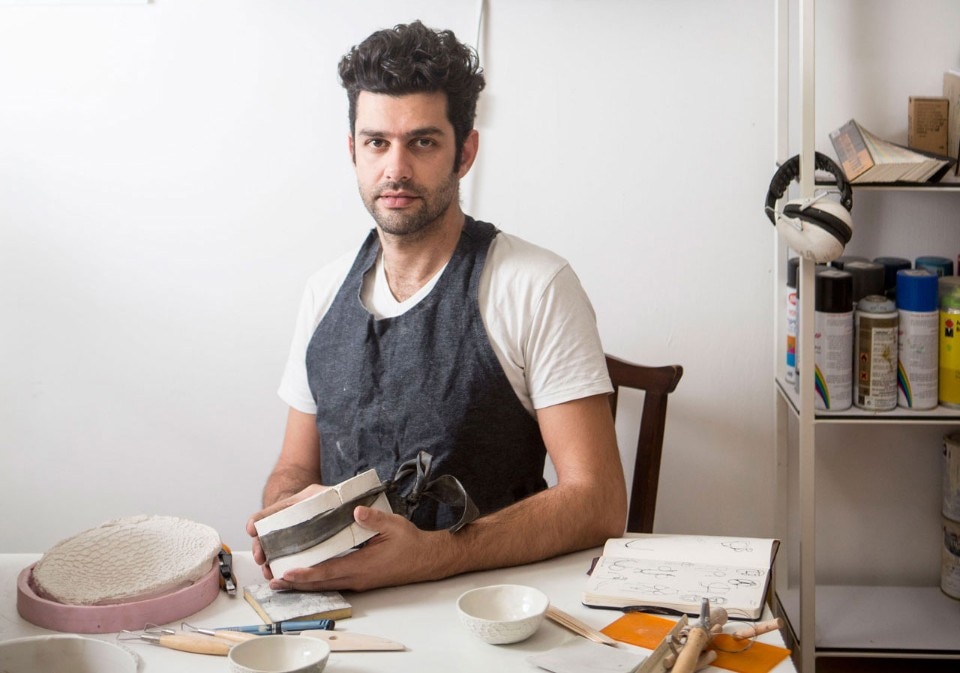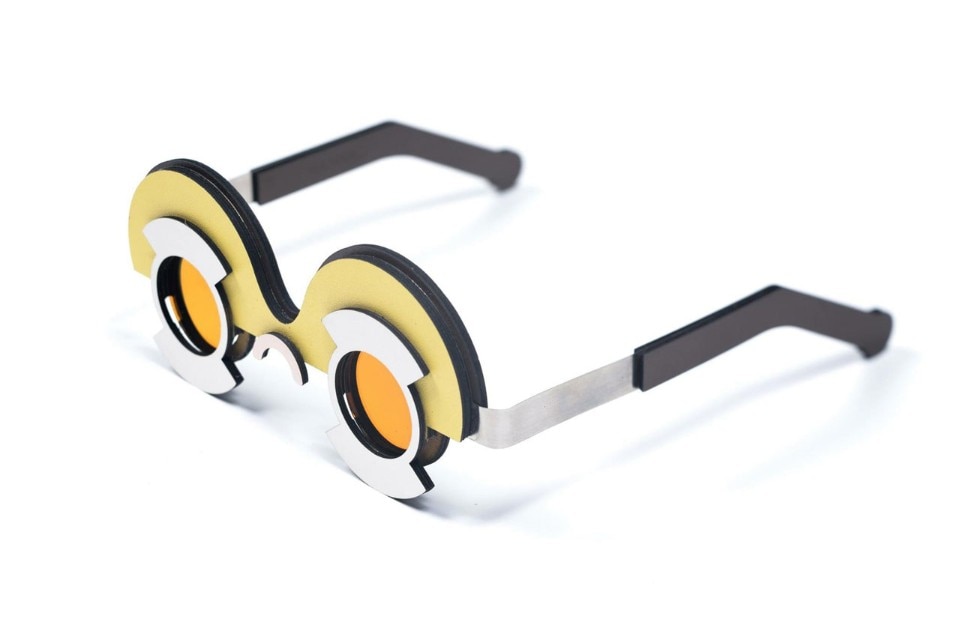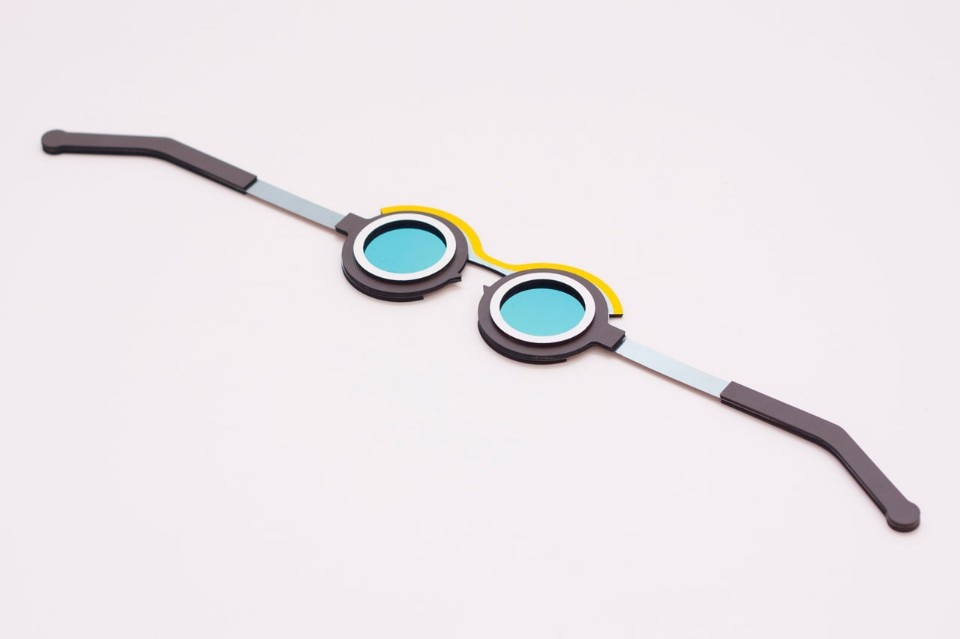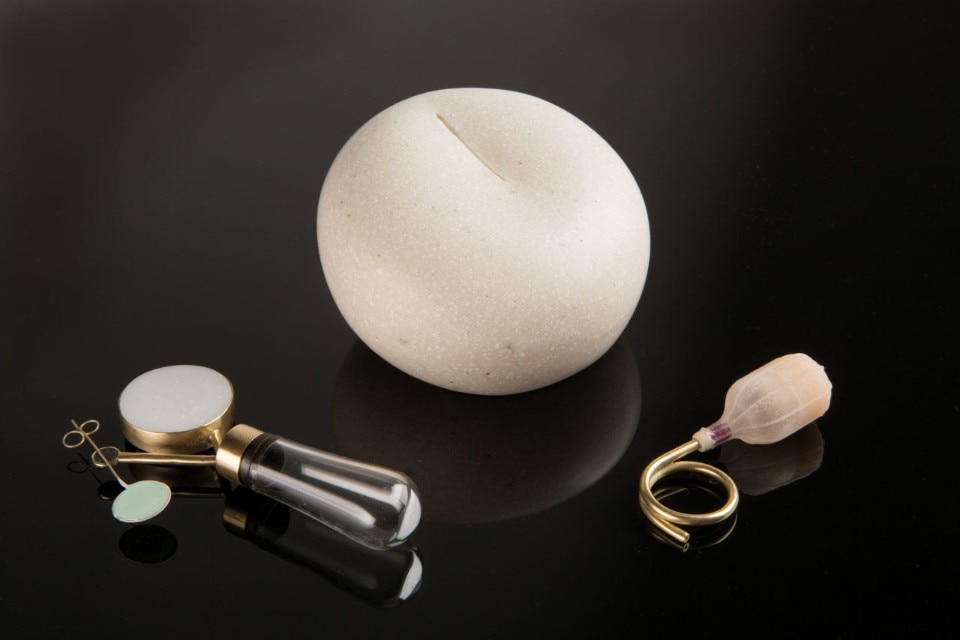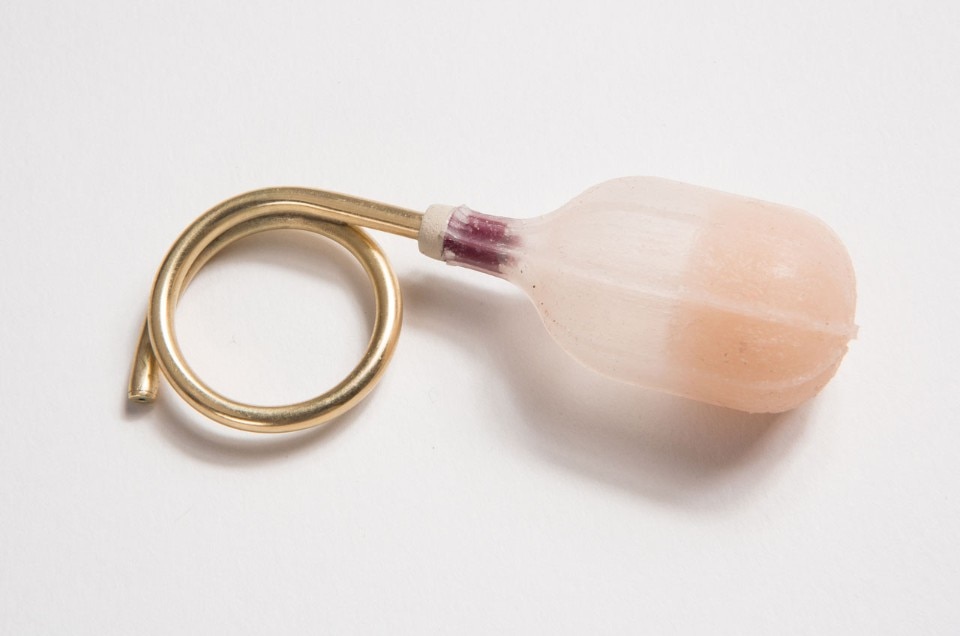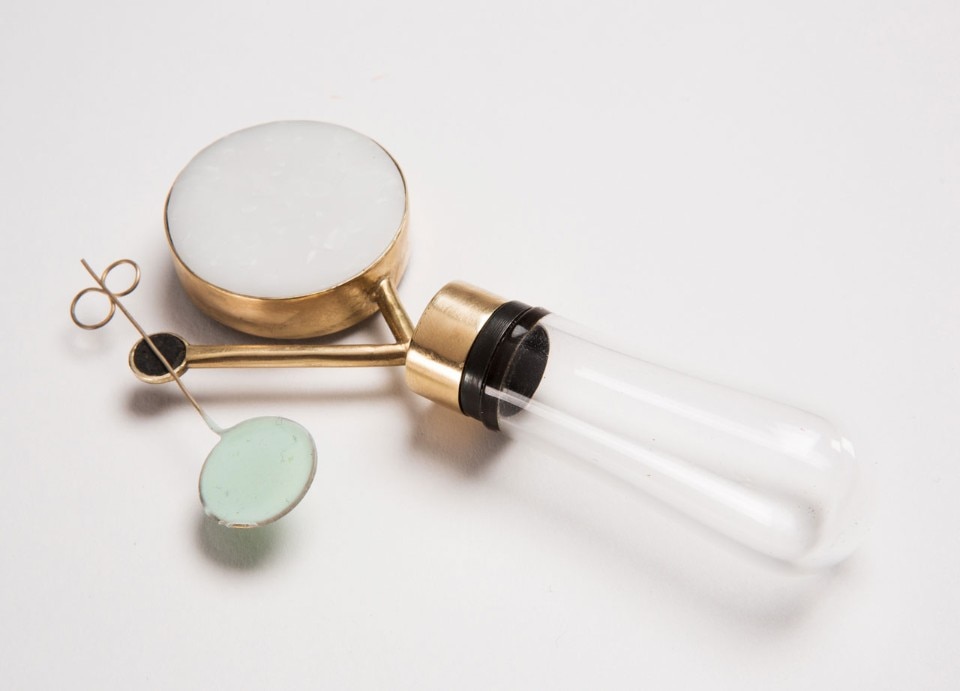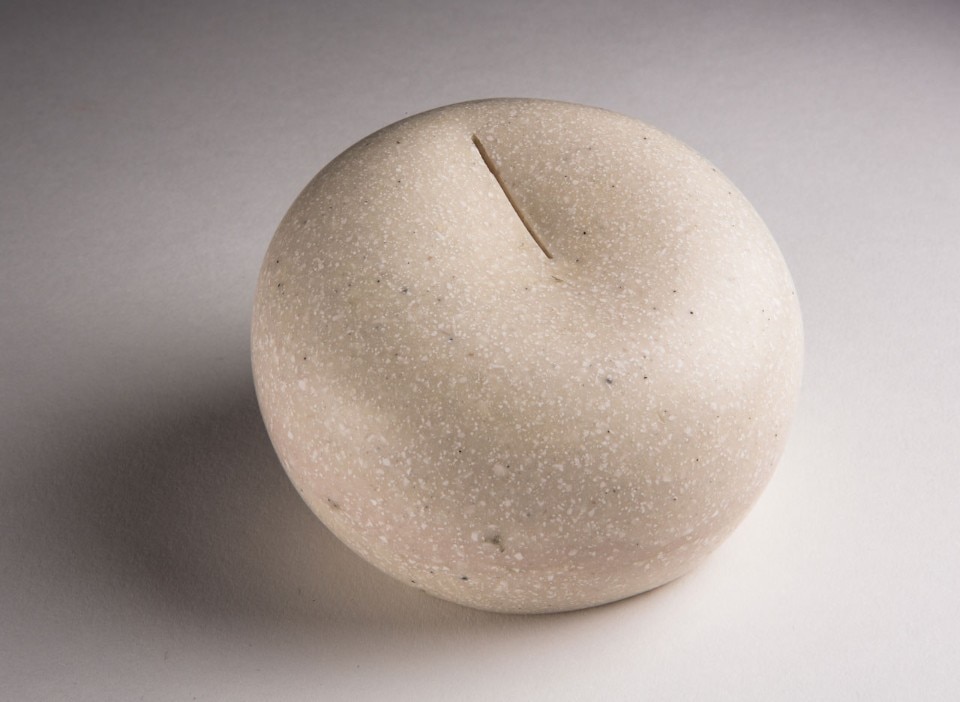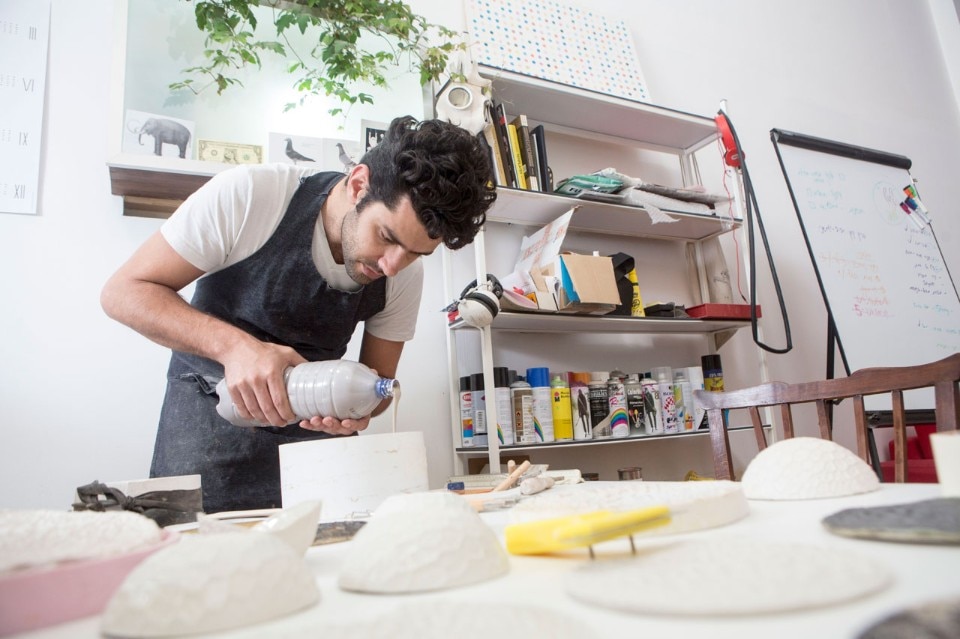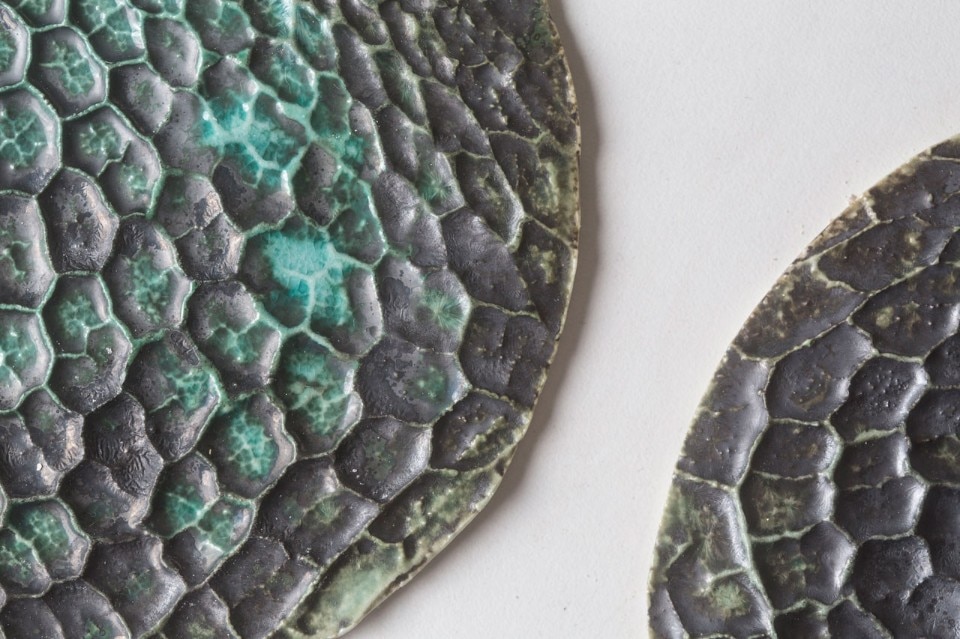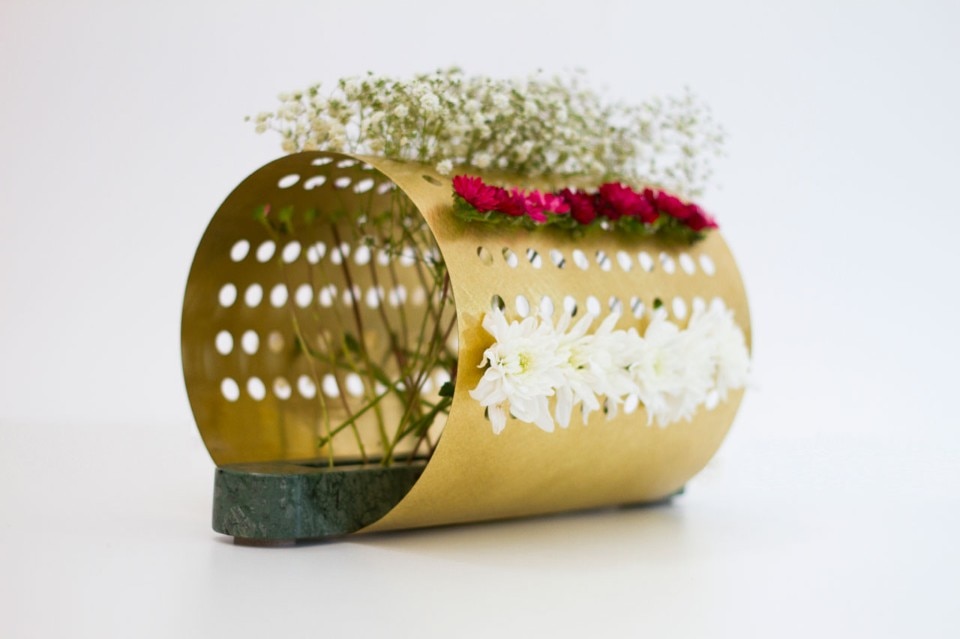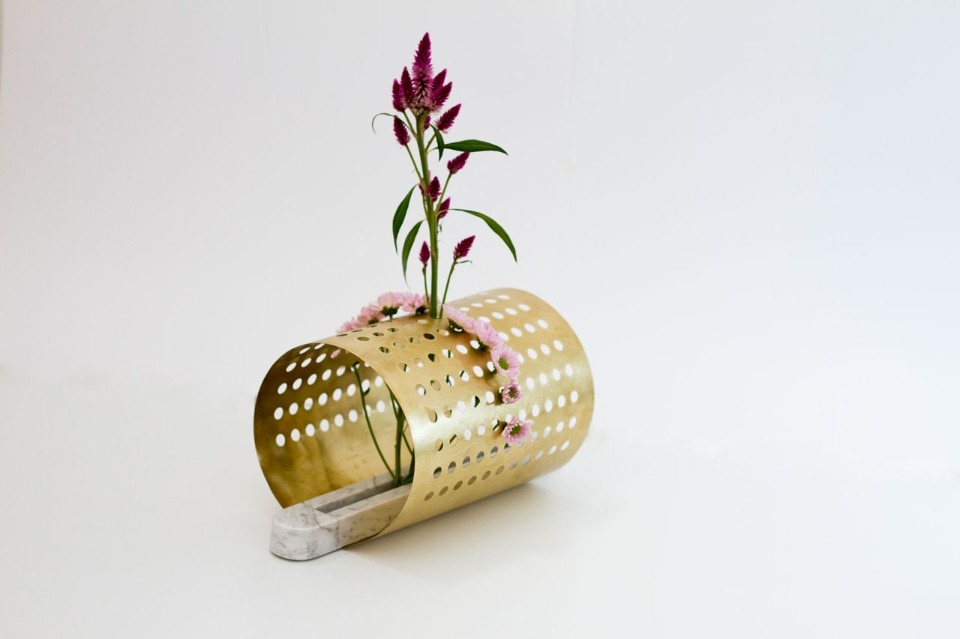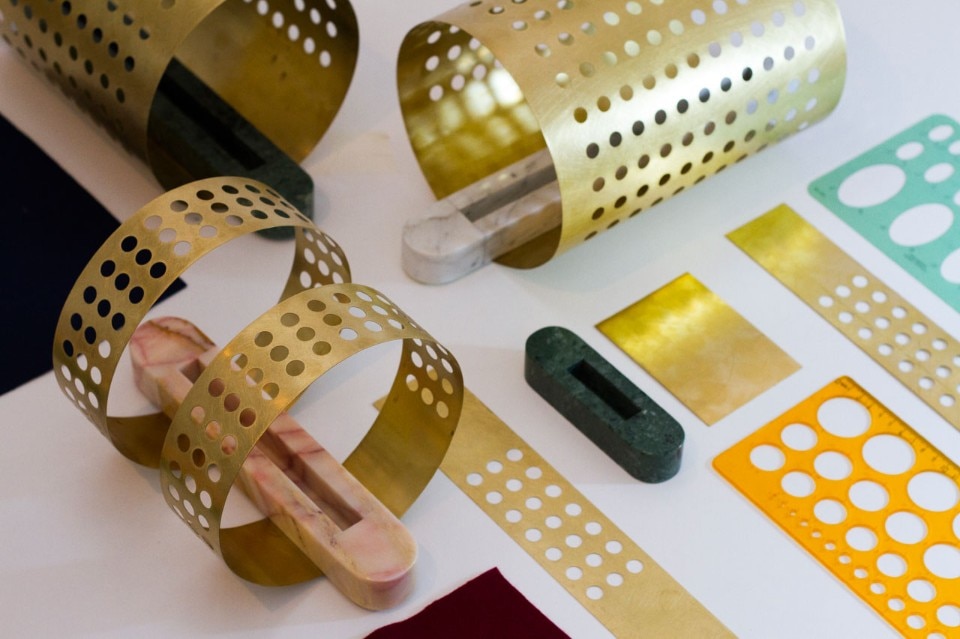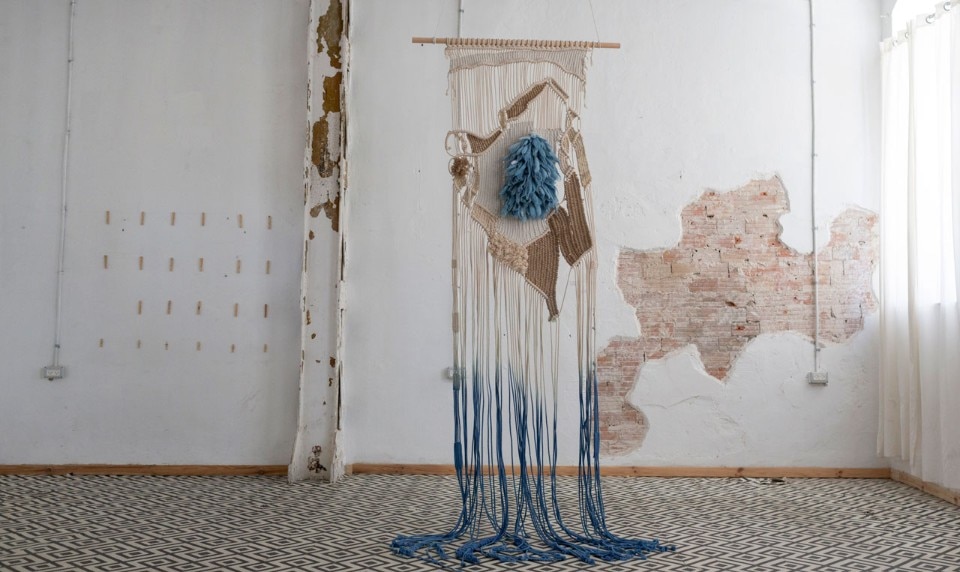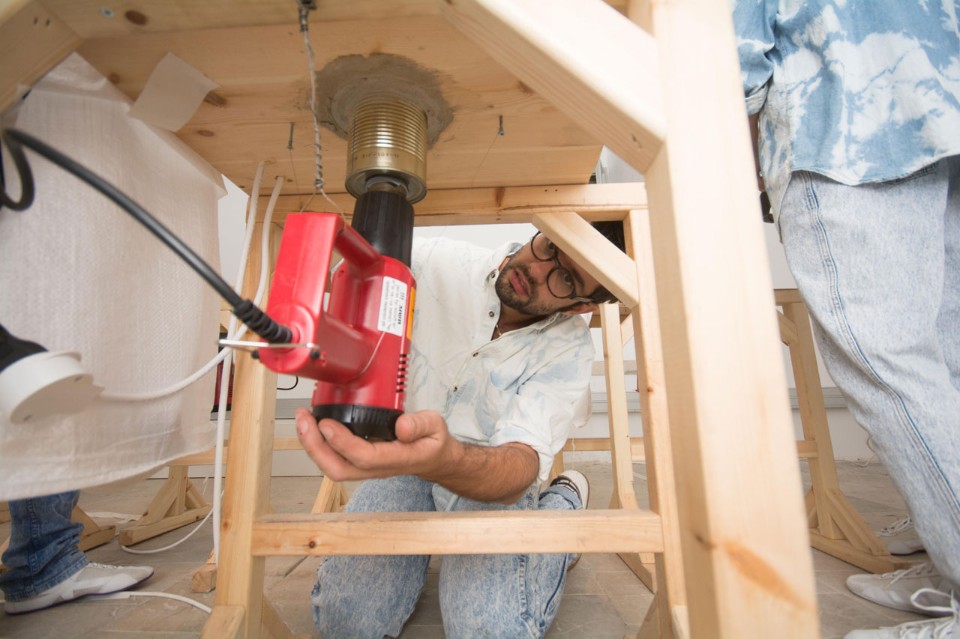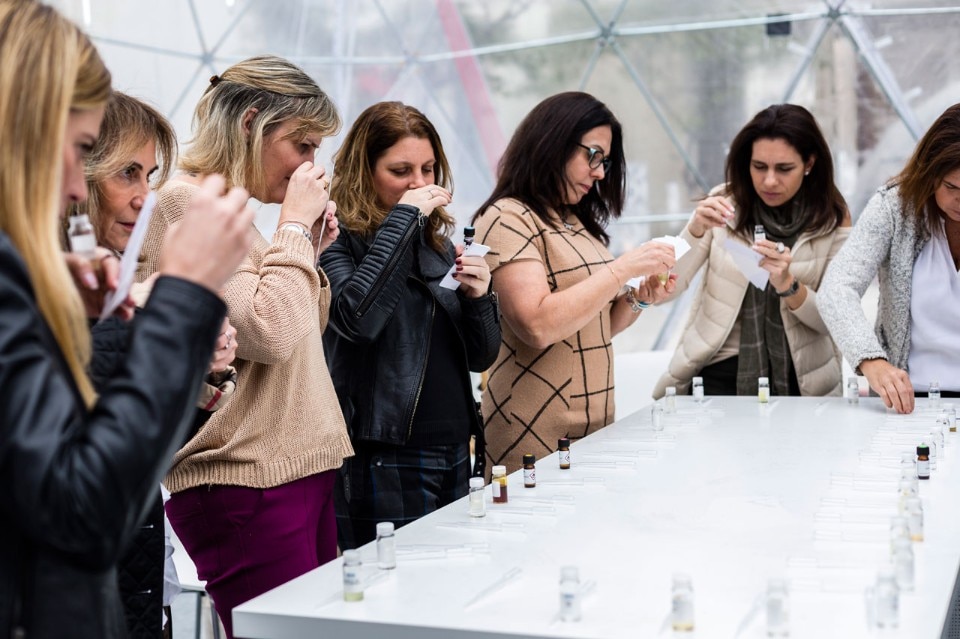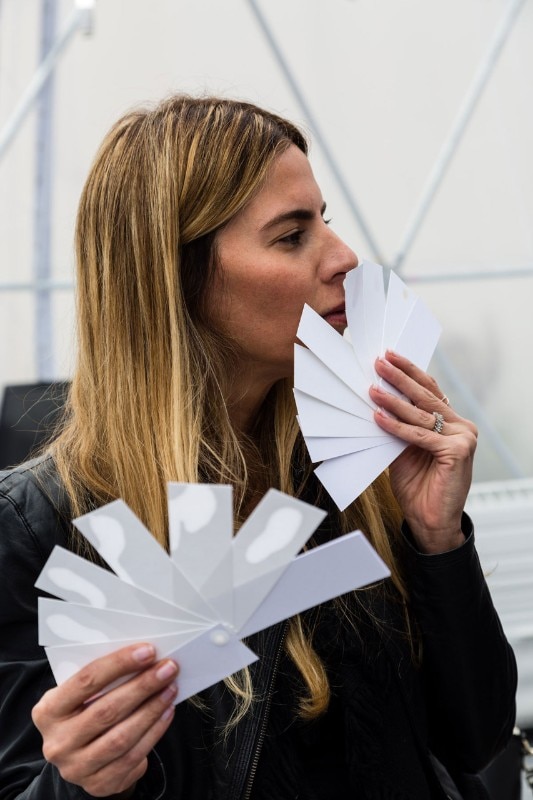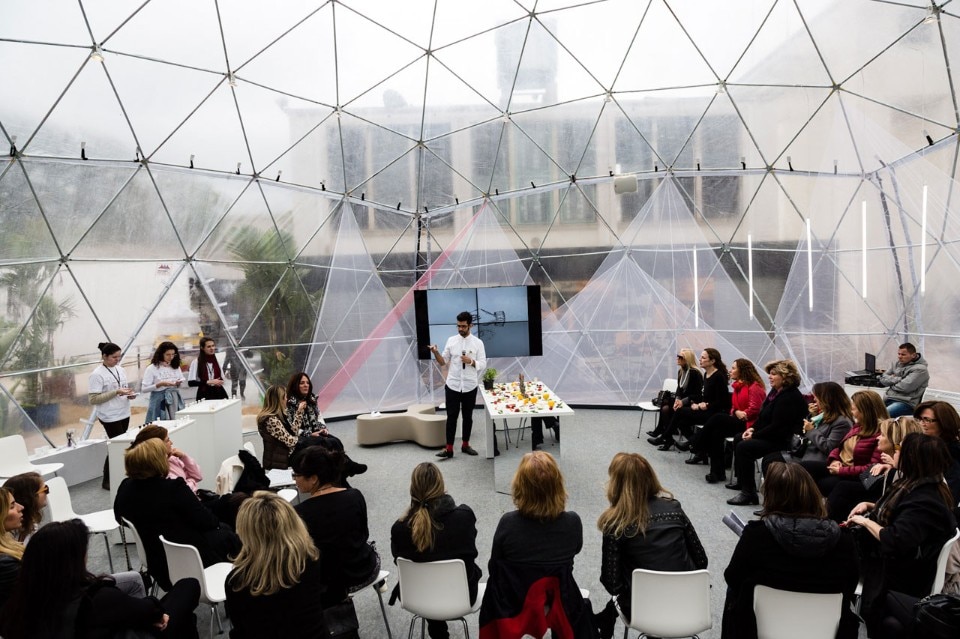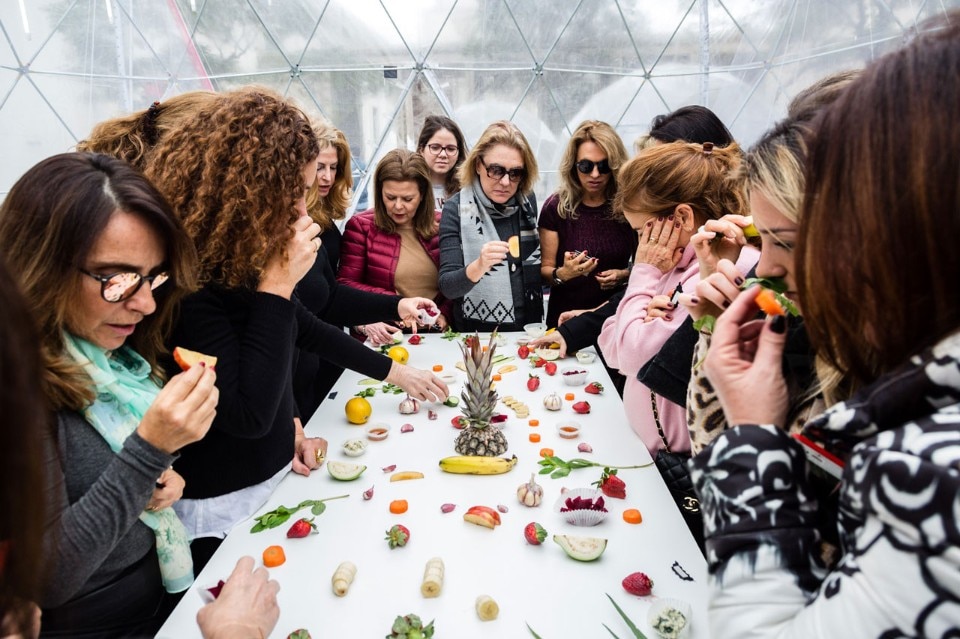Straddling two countries, Israel and Switzerland, and at his ease between different disciplines and methods, the young Israeli designer Omer Polak combines an interest in product design with a fresh look at the world of the senses and their possible applications. Notable for their remarkable performative dimension, his works seek to tell original stories. One of them, S senses, investigates bodily odours and has given rise to some jewellery devices intended for (among others) patients with anosmia (a weakening or loss of the sense of smell). Another of his projects is Blow Dough, a process that uses a glass blower for baking bread. We met him to discuss how he manages to turn out such volatile designs and their impact on how we perceive our identities and on our everyday lives.
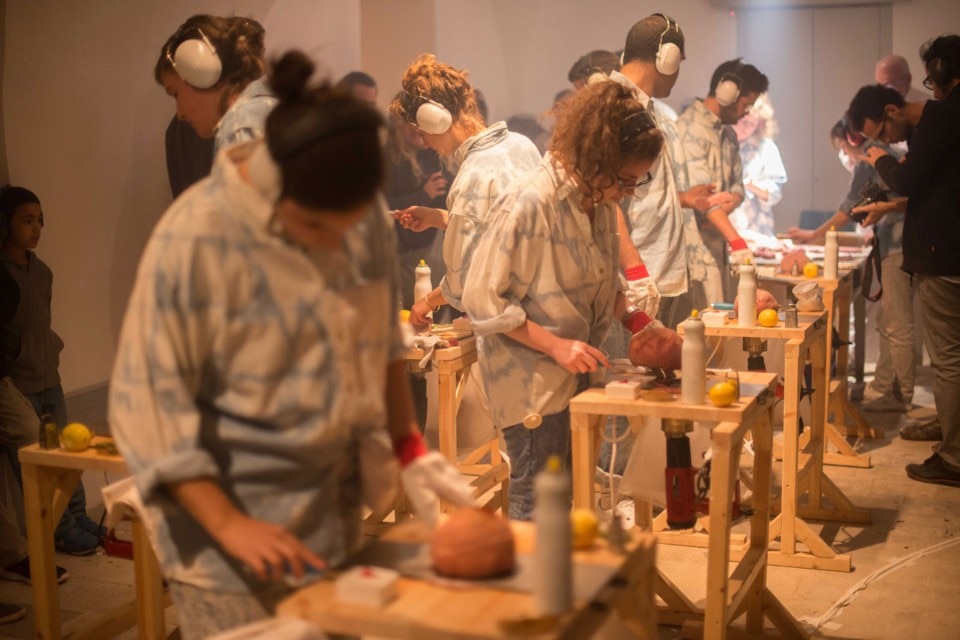
You call yourself as a designer and artist and at the same time you don’t hesitate to present yourself as a “designtist” (a portmanteau word made from designer and scientist). How do all these identities fit into your work?
Years ago I was struck by the definition that Yaakov Kaufman, a great Israeli designer, gave of design in an interview where he offered advice on what young graduates ought to study. Kaufman said designers are not professionals in any particular field. They have no idea, for instance, how to work metals, and they’re not skilled carpenters either. And yet they have to know how to see things in perspective and succeed in uniting all the different aspects of our daily lives. As far as I'm concerned, I'm just very curious. When I work on scientific topics, I don’t have a solid background knowledge, but I start with a research project and combine it with methods that adopt a scientific mindset. When I started working with the Weizmann Institute of Science on the subject of anosmia I felt very insecure, yet my colleagues there found the project very much in line with their own activities.
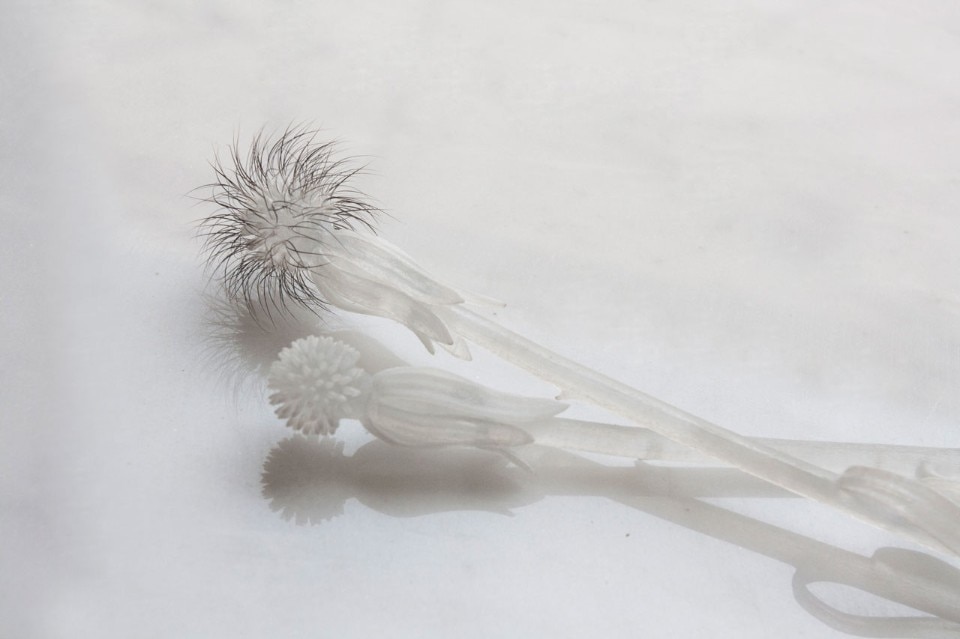
 View gallery
View gallery

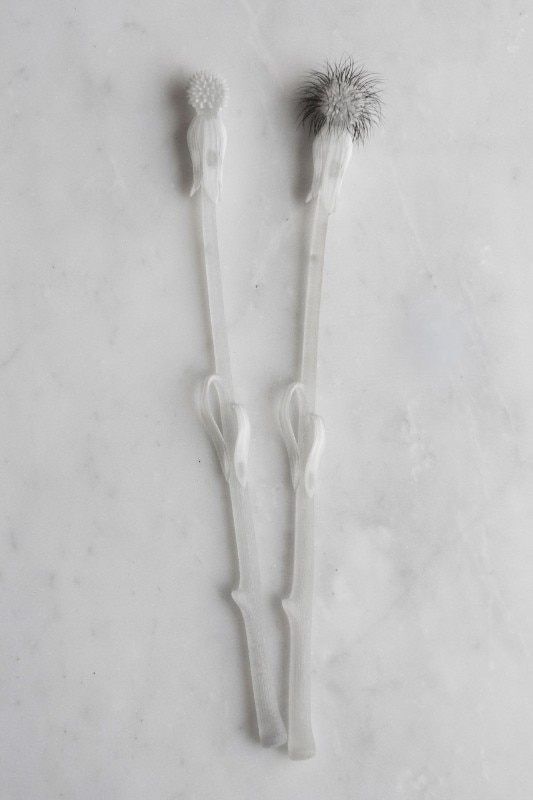
Your projects often look at the world of senses and, especially, the sense of smell, which interests you not so much for perfumes as odours. What makes them so intriguing yet disturbing?
It's fascinating to use a material that’s not a material, which you can’t make anything visible out of. My interest in smells started as an experiment on myself and then it flowed into the S senses project. I designed a system of tubes that fit around my body and for days I tried to discover what my smell was like and how it changed over time. This experience suggested you can teach people to smell. It's not about playing with forms and colours, but creating experiences that make people more aware. Smell is a strong vector of identity and says a lot about places and people. That's why I like to investigate the odours everyone tries to mask.
Workshops are an active part of your research.
Workshops give me a chance to approach people and use their feedback to elicit information whose potential and limits I can explore. One of the things we do is called food pairing, which means tasting raw foods by changing their associations. You don’t have to be an expert to sniff and taste. For instance, if you put pineapple and basil together, you discover they have something in common and eating them together brings out their flavours. Or again, for the Brazilian branch of Drom, a leading fragrance research company, we created a great archive of smells, including metal, plastic, fruit, food, along with other unexpected objects. With Renata Abelin, marketing manager of Drom São Paulo, we tried telling stories with smells, creating a sort of encyclopaedia where they can be associated one after the other to develop a narrative. We might start with the smell of pollution, then be inspired by a woman next to us wearing perfume, but she’s sweating, so creating an odour timeline that automatically creates to a story.
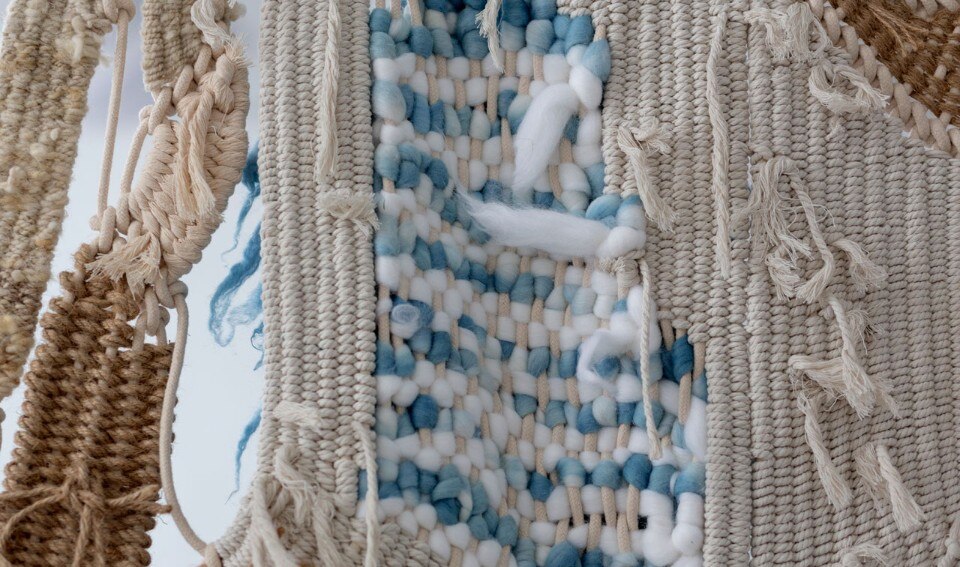
 View gallery
View gallery
At the last Jerusalem Design Week, you presented “The Tchelet Island”, a macramé tapestry dyed using an ancient technique. Today it’s been recovered by the combined efforts of rabbis and researchers, using a precious blue extract from a local sea snail.
I worked with a religious community that lives in the desert to produce a small amount of material for ritual garments worn by orthodox Jews. In my eyes this is knowledge that could easily be lost. It’s not a specifically Jewish technique, since it was once common all over the Middle East, particularly in Lebanon and Syria. It's nice to think that if there was peace in the region, its manufacture could certainly spread again and provide a source of income for many people.


